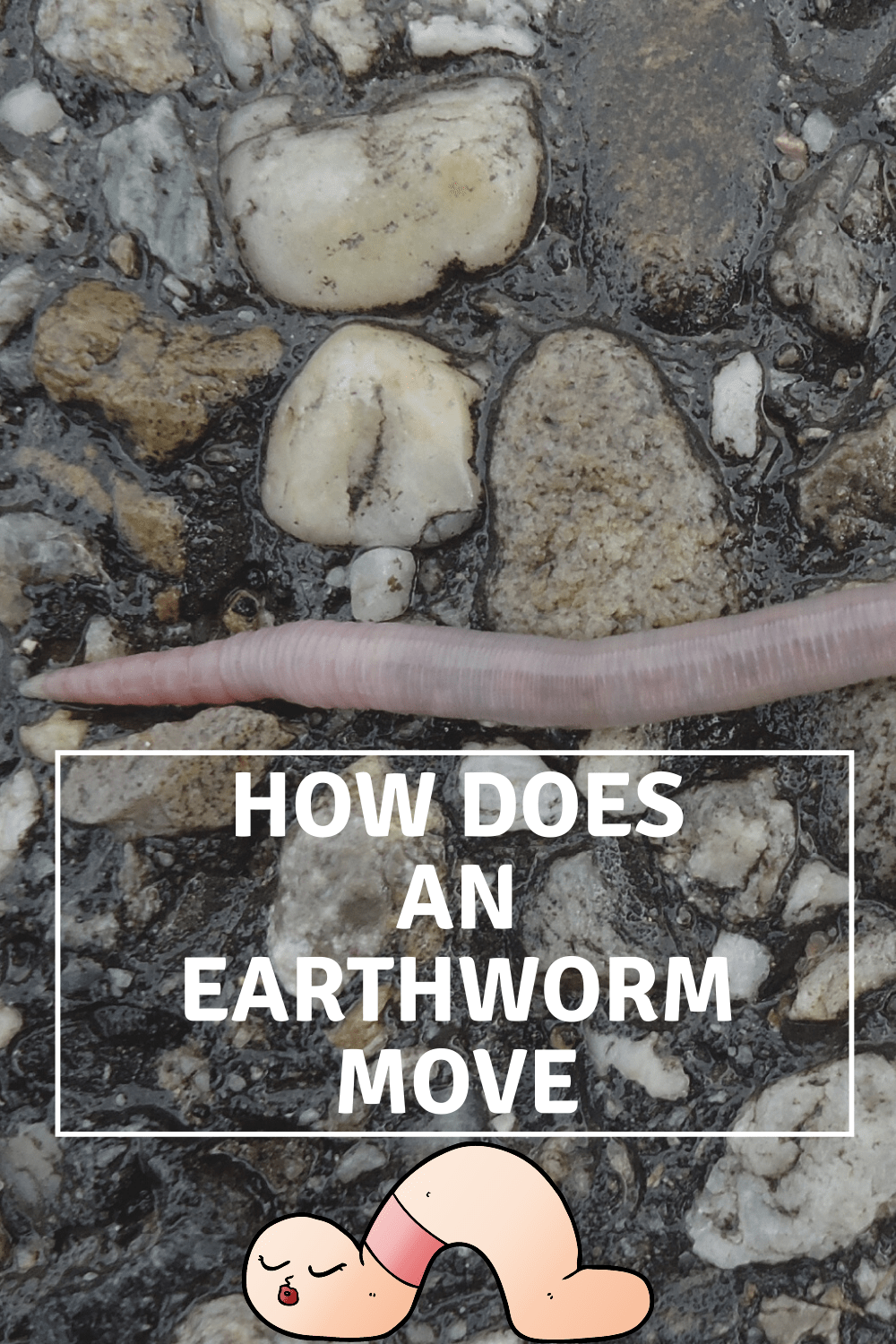
Jeffery Jago is a expert in horticulture and worm breeding. With a background in plant cultivation
Last Updated on April 30, 2021 by Jeffery Jago
Earthworms are an important part of the ecosystem. They play a crucial role in maintaining soil health, and they can even be used to help dispose of organic waste! But how exactly do earthworms move around? How does their body work? In this article, we will answer all these questions and more.
How does an earthworm move?

Earthworms are members of the phylum Annelida. They have eight small bristles called setae on each segment of their body, and they can extend and retract them at will to push themselves around by contracting their muscles. Worms have no eyes, but they can sense light through their skin; an organ called the prostomium also aids with various sensory data, residing at the head of the worm, like a little tongue or lip.
By contracting its muscles, an earthworm can push itself forward a little bit at a time when the setae grab hold of the ground around them. While not technically legs, you can still sort of think of them as “legs” in a sense.
This type of locomotion is called peristalsis.
How fast can an earthworm run?
“Run” might be a funny word to use all things considered. Earthworms don’t really “run” per see. But it’s just easier to say it like that.
The answer is dependant on the size of the worm. A small worm can move at a rate of about 0.1-0.2 centimeters per second depending on conditions, and an average normal-sized worm such as your regular European variety will be able to travel about 190 feet in an hour.
If you’ve ever sat at the side of the road before on a rainy day as a child watching the worms trying to get across, You probably already realize that they aren’t THAT slow. Worms can get around when they really want to.

